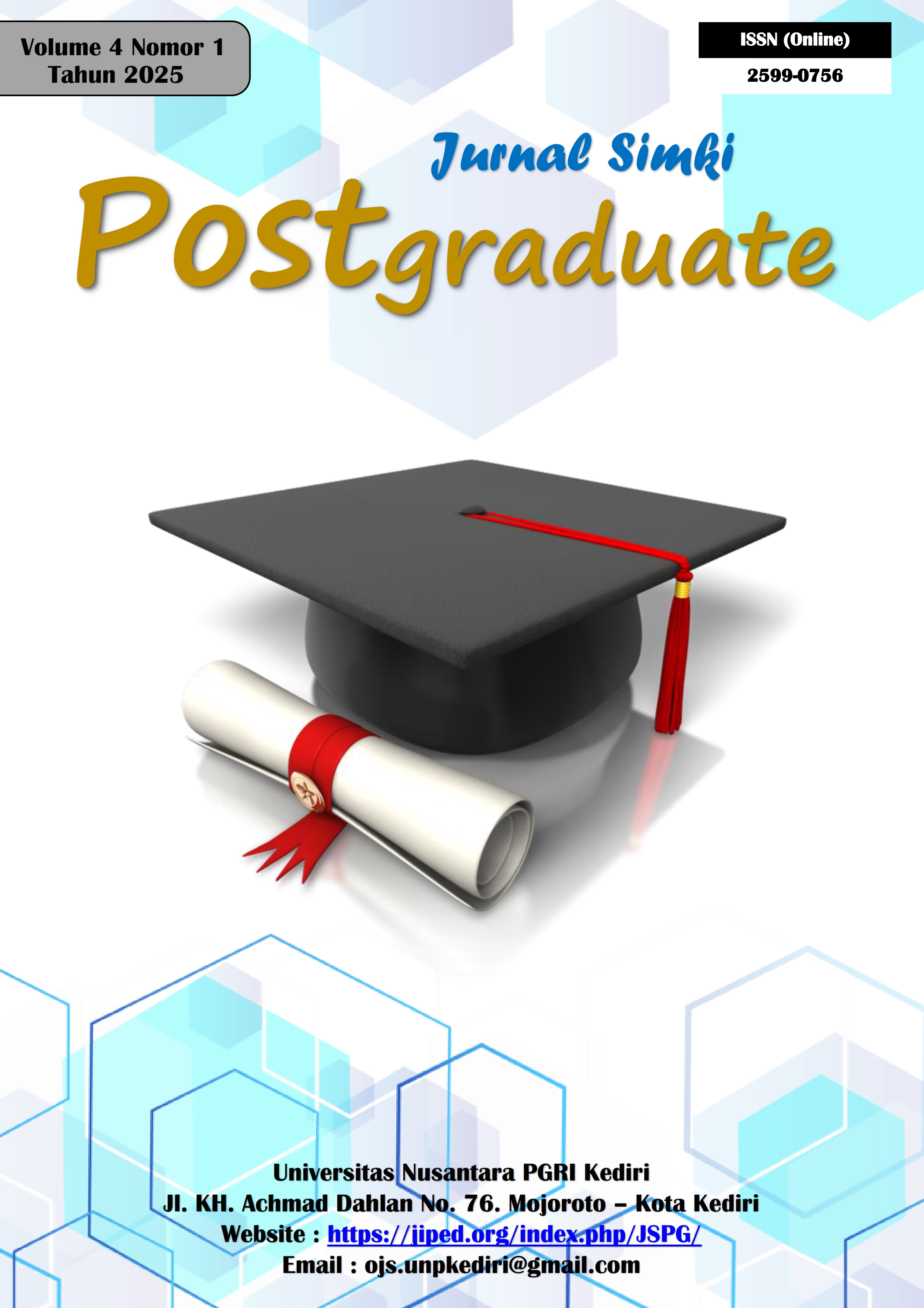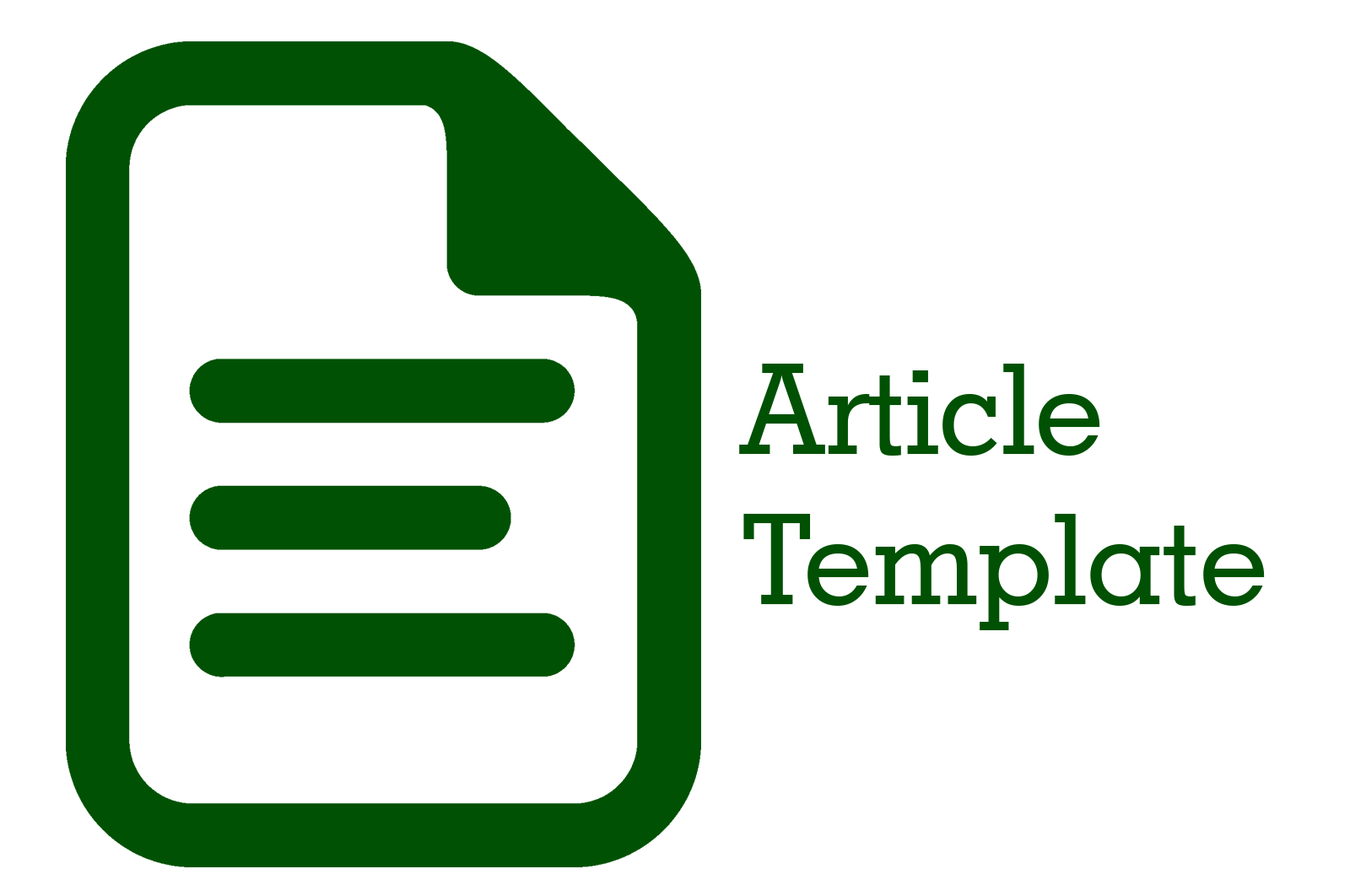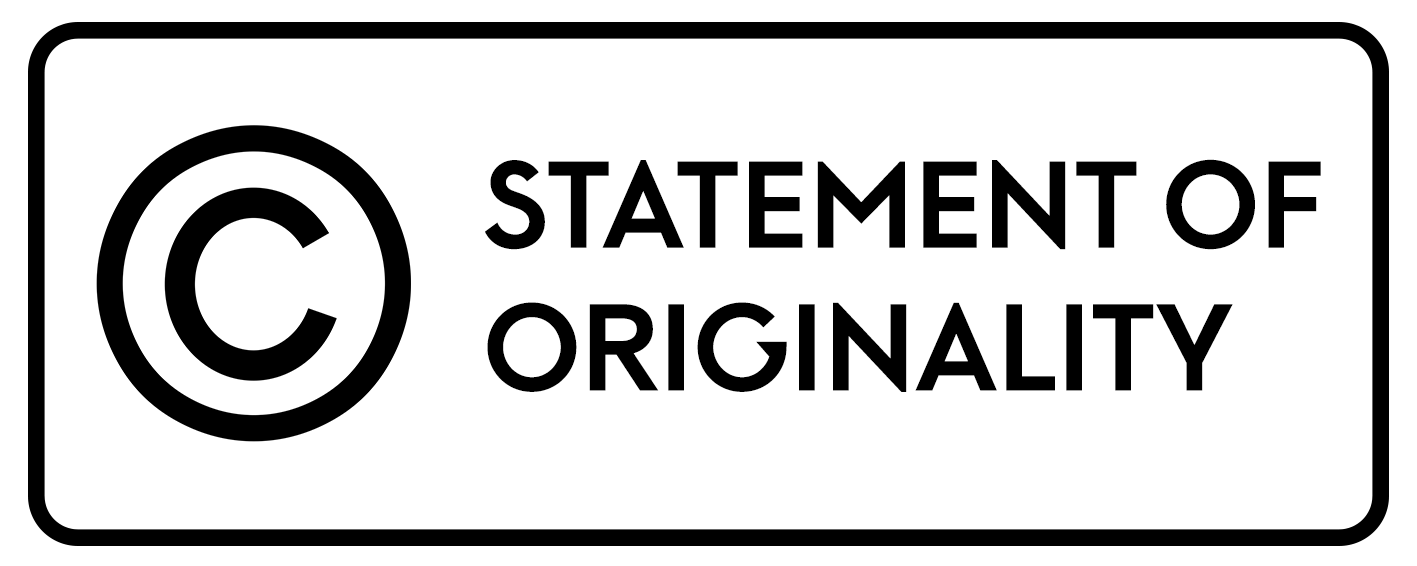Efektivitas Penggunaan Bahan Ajar Tematik untuk Meningkatkan Keterampilan Berpikir Kritis Mahasiswa Pendidikan Guru Sekolah Dasar
 Abstract views: 82
,
Abstract views: 82
,
 PDF (Bahasa Indonesia) downloads: 52
PDF (Bahasa Indonesia) downloads: 52
Abstract
The problems that arise in terms of students are: most students have not been able to compile thematic model lesson plans, students have not been able to develop thematic learning models critically and creatively, students have not been able to determine the right theme as an umbrella for the various disciplines that will be taught. The aim of the research is to develop and test the effectiveness of teaching materials for Thematic Learning courses in improving students' critical thinking skills. The product trial subjects consisted of learning expert tests, subject matter experts, learning media experts, group tests, and field tests. The instruments used are validation sheets, questionnaires, tests of critical thinking skills. The teaching materials developed have proven to be quite effective in improving students' critical thinking skills. The results of the calculation of the N-gain test score 0.59 in the moderate category, 59.48% in the quite effective category, a significance value of 0.000 <0.05 there is a significant (real) difference in effectiveness between the use of developed teaching materials and existing teaching materials to improve skills critical thinking.
Downloads
References
Abbasi, A., & Izadpanah, S. (2018). Research Article The Realtionship betweem critical thinking, its subscales and academic chievement of english language course: The predictability of ingilizce elestirel. https://doi.org/10.31805/acjes.445545
Alpusari, M. (2014). Analisis Kurikulum Pendidikan Lingkungan Hidup Pada Sekolah Dasar Pekanbaru. Primary: Jurnal Pendidikan Guru Sekolah Dasar, 2(02), 10. https://doi.org/10.33578/jpfkip.v2i02.1957
Birgili, B. (2015). Creative and Critical Thinking Skills in Problem-based Learning Environments. 2(2), 71–80. https://doi.org/10.18200/JGEDC.2015214253
Changwong, K., Sukkamart, A., & Sisan, B. (2018). Critical thinking skill development: Analysis of a new learning management model for Thai high schools. Journal of International Studies, 11(2), 37–48. https://doi.org/10.14254/2071-8330.2018/11-2/3
Cintang, N., & Fajriyah, K. (2018). Inovasi Mata Kuliah Pembelajaran Tematik Bagi Calon Guru Sekolah Dasar Untuk Meningkatkan Literasi Digital Dan Keterampilan Abad 21. Malih Peddas (Majalah Ilmiah Pendidikan Dasar), 8(1), 22. https://doi.org/10.26877/malihpeddas.v8i1.2401
D.Nur, T. (2018). Pengaruh penerapan strategi pemberdayaan berpikir melalui pertanyaan (PBMP) dan Model Pembelajaran Problem Solving Terhadap Keterampilan Metakognisi, Berpikir kritis, dan Pemahaman Konsep IPA Siswa SMP dan MTS Kota Ternate. Universitas Negeri Malang. https://journal.unnes.ac.id/sju/index.php/prisma/
Dampérat, M., Jeannot, F., Jongmans, E., & Jolibert, A. (2016). Team creativity: Creative self-efficacy, creative collective efficacy and their determinants. Recherche et Applications En Marketing, 31(3), 6–25. https://doi.org/10.1177/2051570716650164
Dewantara, I. P. M. (2020). Curriculum changes in Indonesia: Teacher constraints and students of prospective teachers’ readiness in the implementation of thematic learning at low grade primary school. Elementary Education Online, 19(2), 1047–1060. https://doi.org/10.17051/ilkonline.2020.696686
Desyandri, D., Muhammadi, M., Mansurdin, M., & Fahmi, R. (2019). Development of integrated thematic teaching material used discovery learning model in grade V elementary school. Jurnal Konseling Dan Pendidikan, 7(1), 16. https://doi.org/10.29210/129400
Fahim, M., & Masouleh, N. S. (2012). Critical thinking in higher education: A pedagogical look. Theory and Practice in Language Studies, 2(7), 1370–1375. https://doi.org/10.4304/tpls.2.7.1370-1375
Febrianto, R., & Puspitaningsih, F. (2020). Pengembangan Bahan ajar Evaluasi Pembelajaran. Education Journal : Journal Educational Research and Development, 4(1), 1–18. https://doi.org/10.31537/ej.v4i1.297
Fuad, N. M. (2017). Improving Junior High Schools ’ Critical Thinking Skills Based on Test Three Different Models of Learning. 10(1), 101–116. https://doi.org/10.12973/iji.2017.1017a
Green, A. E. (2016). Creativity, Within Reason: Semantic Distance and Dynamic State Creativity in Relational Thinking and Reasoning. Current Directions in Psychological Science, 25(1), 28–35. https://doi.org/10.1177/0963721415618485
Indrawini, T., Amirudin, A., & Widiati, U. (2017). Pengembangan Bahan Ajar Tematik Subtema Ayo Cintai Lingkungan Untuk Siswa Kelas IV SD. Jurnal Pendidikan:Teori, Penelitian, Dan Pengembangan, 2(11), 1489–1497. http://journal.um.ac.id/index.php/jptpp/article/view/10181
Indria, T., Hindun, I., Latifatur, N., Samti, A., & Azizah, N. (2019). JPBI ( Jurnal Pendidikan Biologi Indonesia ) Critical thinking skills : The academic ability , mastering concepts , and analytical skill of undergraduate students. 5(1), 1–8. https://doi.org/10.36456/inventa.7.2.a7833
Johnston, M., & Bishop, R. (2012). Noongar Dandjoo. Asia Pacific Media Educator, 22(2), 165–177. https://doi.org/10.1177/1326365x13498142
Kaplan, D. E. (2019). Creativity in Education: Teaching for Creativity Development. Psychology, 10(02), 140–147. https://doi.org/10.4236/psych.2019.102012
Kaufman, J. C., & Beghetto, R. A. (2009). Beyond Big and Little: The Four C Model of Creativity. Review of General Psychology, 13(1), 1–12. https://doi.org/10.1037/a0013688
Kong, H., Chiu, W. C. K., & Leung, H. K. W. (2019). Building creative self-efficacy via learning goal orientation, creativity job requirement, and team learning behavior: The key to employee creativity. Australian Journal of Management, 44(3), 443–461. https://doi.org/10.1177/0312896218792957
Kupers, E., Lehmann-Wermser, A., McPherson, G., & van Geert, P. (2019). Children’s Creativity: A Theoretical Framework and Systematic Review. In Review of Educational Research (Vol. 89, Issue 1). https://doi.org/10.3102/0034654318815707
Nai, Angelia Fermina. (2016). Pengembangan Bahan Ajar Mata Kuliah Belajar dan Pembelajaran Dengan Aplikasi Lesson Study Untuk Mahasiswa. Disertasi: Universitas Negeri Malang. . https://doi.org/10.36706/jbti.v10i2.22270
Perwitasari, S., Wahjoedi, & Akbar, S. (2018). Pengembangan Bahan Ajar Tematik Berbasis Kontekstual. Jurnal Pendidikan : Teori, Penelitian, Dan Pengembangan, 3(3), 278–285. https://doi.org/10.17977/um039v6i12021p140
Retnawati, H., Munadi, S., Arlinwibowo, J., Wulandari, N. F., & Sulistyaningsih, E. (2017). Teachers’ difficulties in implementing thematic teaching and learning in elementary schools. New Educational Review, 48(2), 201–212. https://doi.org/10.15804/tner.2017.48.2.16
Twiningsih, A., Sajidan, S., & Riyadi, R. (2019). The effectiveness of problem-based thematic learning module to improve primary school student’s critical thinking skills. Jurnal Pendidikan Biologi Indonesia, 5(1), 117–126. https://doi.org/10.22219/jpbi.v5i1.7539
Wardani, N. F. K., Sunardi, S., & Suharno, S. (2020). Context-Based Thematic Teaching Materials to Improve Elementary Students’ Learning Achievements. JPI (Jurnal Pendidikan Indonesia), 9(2), 193. https://doi.org/10.23887/jpi-undiksha.v9i2.22822
Copyright (c) 2025 Ria Fajrin Rizqy Ana, Leny Suryaning Astutik

This work is licensed under a Creative Commons Attribution 4.0 International License.

Jurnal Simki Postgraduate : https://jiped.org/index.php/JSPG/index is licensed under a Creative Commons Attribution 4.0 International License.











